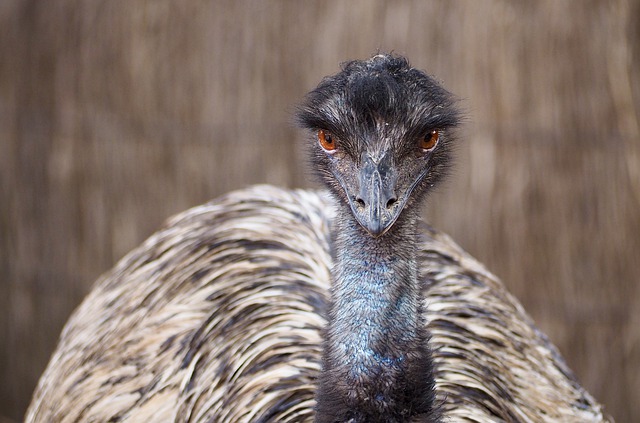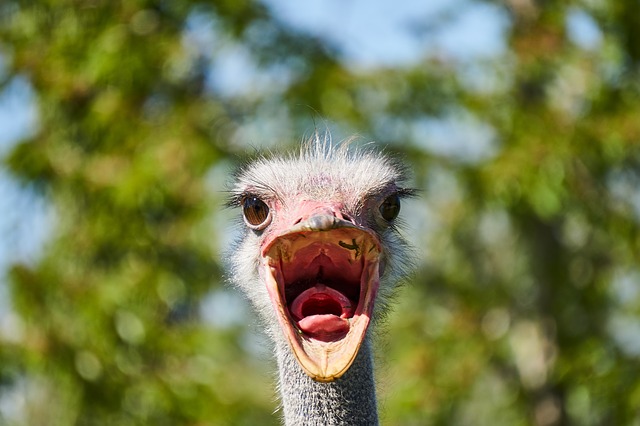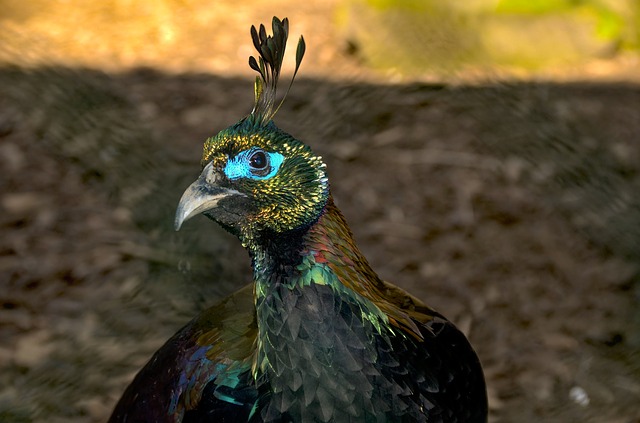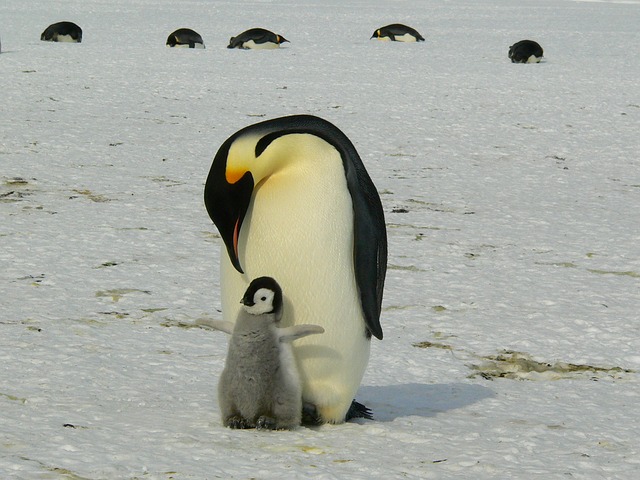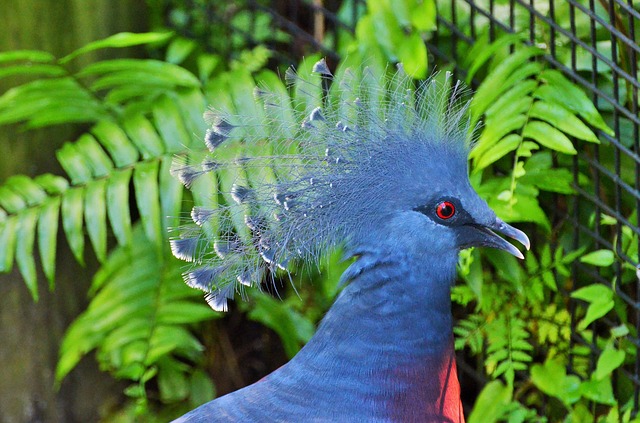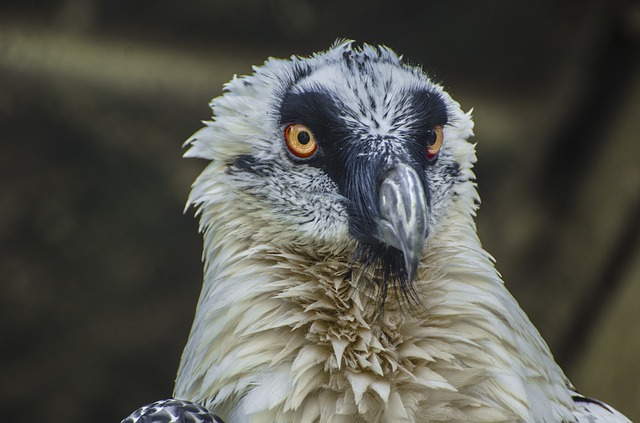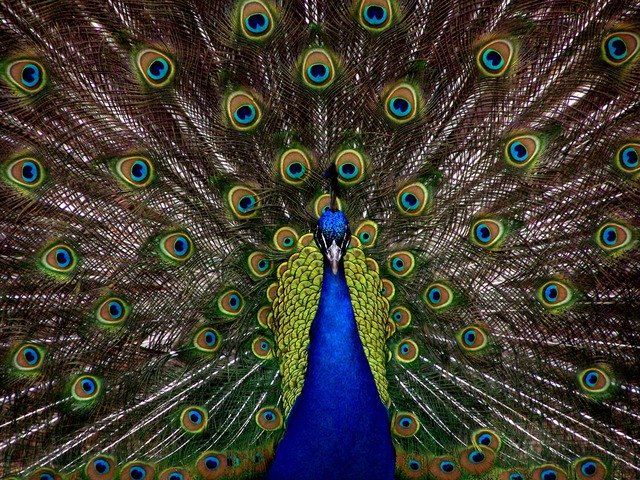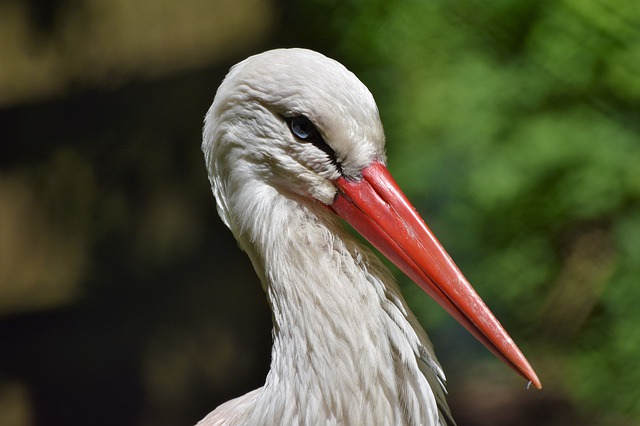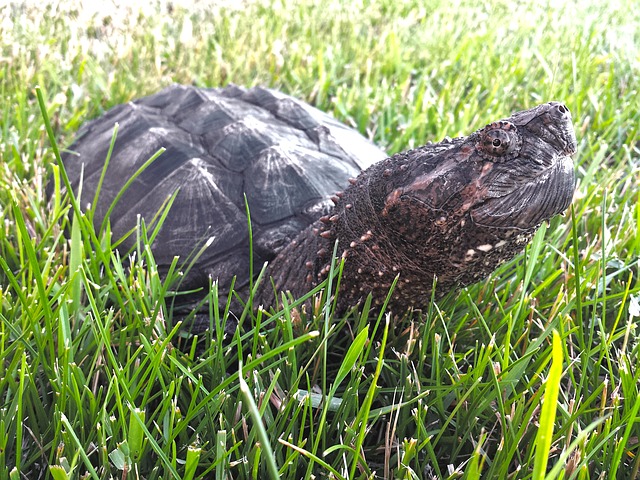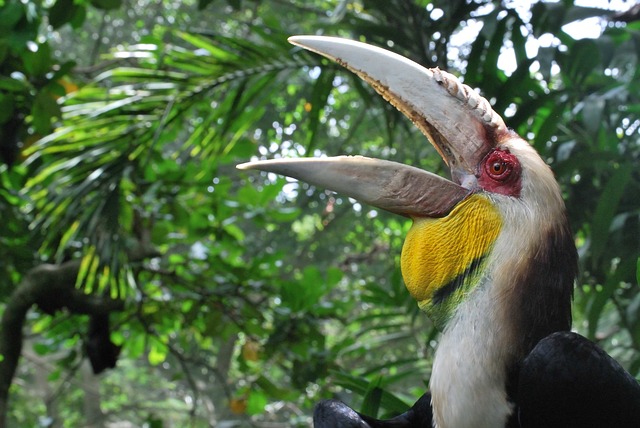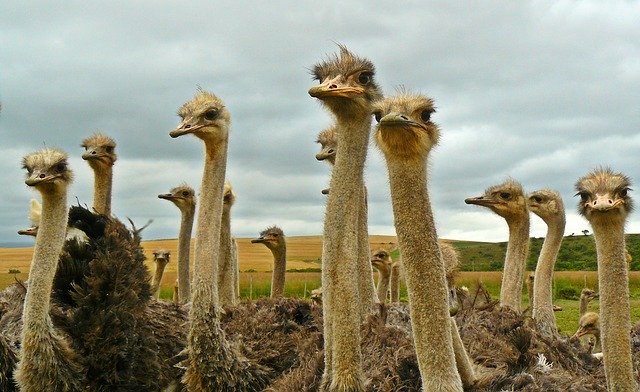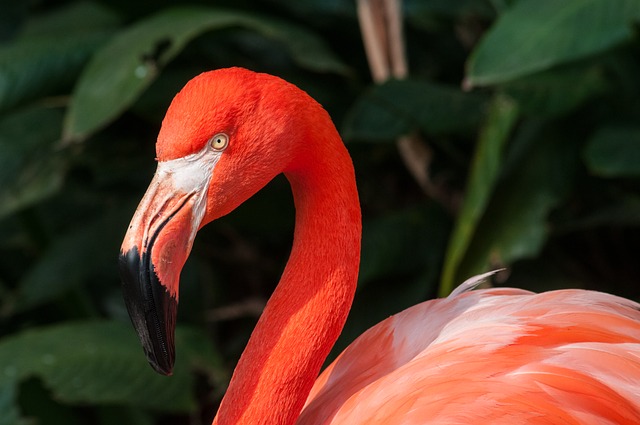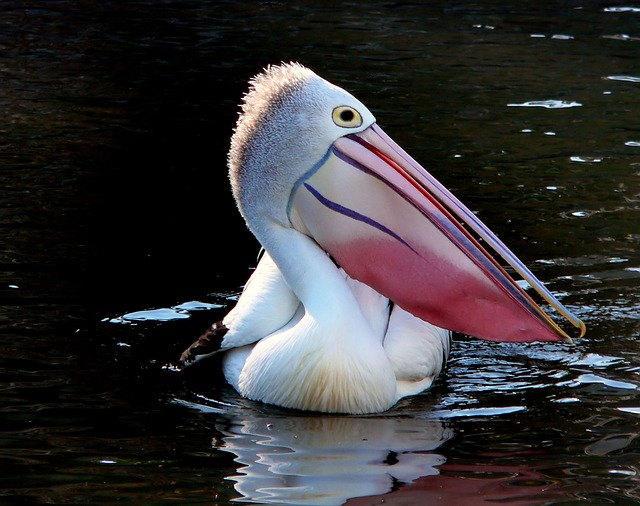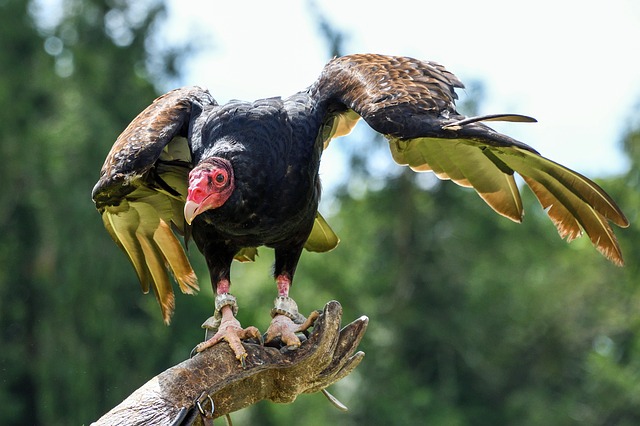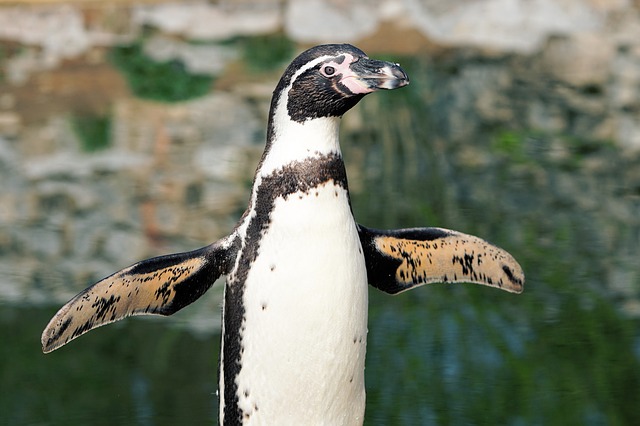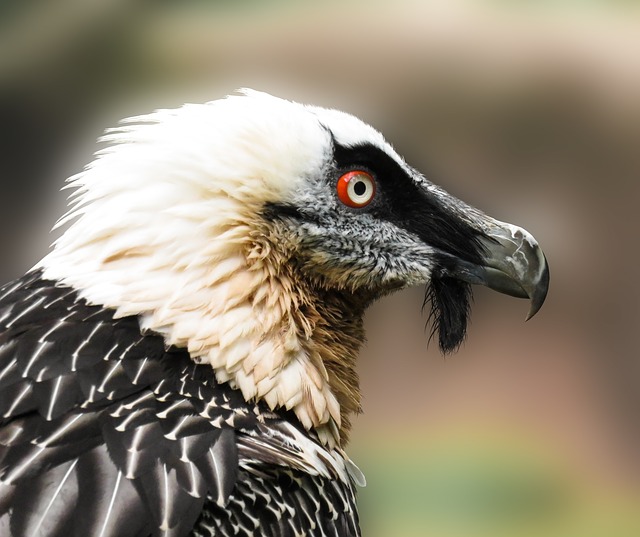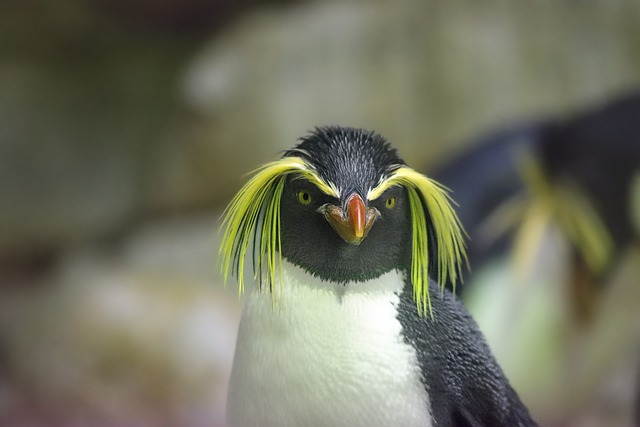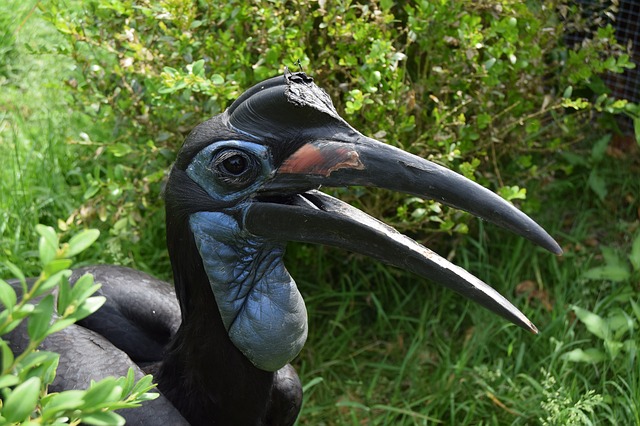
Do great blue herons migrate? This is something many people wonder about, especially if they’ve seen a heron during the cold winter months. And the answer is both yes and no. Here’s what you’ll want to know.
Great Blue Heron Range
The great blue heron has a large range. In fact, it has the largest non-breeding range of any North American heron. In the summer months, it can be found over most of North America and southern Canada.
Most Herons Migrate
The majority of great blue herons migrate during the winter months since the waters where they feed freeze over. Herons located in north-central North America, in particular, are the most likely to migrate because of the yearly freezing winter conditions.
During the winter months migrating herons fly south to warmer locations. And during this time their range extends to Mexico, the Caribbean, and into northern South America as well. Normally great blue herons migrate in September and October and may fly both during the day and at night.
While some herons fly south in small groups containing only a few birds, others will fly in groups as large as a hundred or more. Important wintering areas for great blue herons include such places as the Strait of Georgia, the Puget Sound, Great Salt Lake, Florida, the Gulf of Mexico, and the pacific coast of Mexico.
But there are many others as well. Herons will typically stay in warm southern locations until around February or March when they start a return migration back.
Some Herons Don’t Migrate
Herons that live in warm areas such as the southern United States and below are usually year-round residents. Those that live in areas where there are mild winters may not migrate either. Whether a heron migrates or not may also depend on how mild or severe the specific winter is.
If herons do stay the winter and larger bodies of water such as lakes do freeze these birds may simply change to feeding in unfrozen moving water such as rivers and streams to find food.
One of the more interesting great blue heron facts is that there are also just some individual birds that simply decide to remain in cold northern climates year-round. And because herons eat a wide range of prey which includes things such as rodents it helps to sustain them if and when the water freezes over.
Start Shopping for Birding Supplies!
Flightless Australian Birds
There are over sixty species of flightless birds in the world. These birds have lost their capability to fly through evolution, and several of them live in the “land Down Under.” So here’s a list of all the flightless Australian birds. Emu The emu is a large...
The Most Dangerous Birds In The World
Most bird species are harmless, although there is a handful that can seriously injure or even kill you. And while the chances you’ll have a run-in with an aggressive winged beast is low, for safety’s sake (or your own curiosity) you’ll want to know more. So here’s a...
Iridescent Birds
Iridescent birds have plumage that can appear to change color depending on the angle at which you are looking at them. This makes these special birds not only unique but also oftentimes amazingly beautiful. So here are the top iridescent bird species you’ll want to...
Flightless Birds
There are many bird species that have lost the ability to fly due to evolution. While you may be familiar with some of them already, the odds are that there are quite a few which you aren’t. So here are some of the top flightless birds and what you’ll want to know...
Birds With Hair
Many bird species can look as if they have hair on their heads. While that “hair” is really made up of feathers they are nevertheless fun to look at. So here are some of the most interesting and unique looking and birds with “hair,” you’ll ever see. Silver Pheasant...
Bearded Birds
Birds with beards are always an interesting sight. And while they may not have real facial hair like us humans, it can often look like it. So here are some of the top bearded birds and what you’ll want to know about them. Wild Turkey The male wild turkey has a beard...
Cool Looking Birds
With so many different bird species on the planet, they really come in a wide variety of shapes, sizes, colors, and other physical characteristics. And some bird species are just much more interesting in appearance than others. The following are some cool looking...
Birds With Long Pointed Beaks
Bird beaks come in a wide range of shapes and sizes. Yet while they may not be as common as other types, birds with long pointed beaks have some of the most unique and specialized beaks in the world. So here’s a list of the longest and pointiest beaks in the business...
Snapping Turtle Facts
The common snapping turtle is known for its aggressive attitude and powerful jaws. There are many amazing things you’ll want to know about these large and ornery reptiles. So here are some of the top common snapping turtle facts. They Aren’t Picky Eaters The common...
Birds With Huge Beaks
There is an enormous variety of bird species on the planet. And while many have stunning colors or plumage, there are only a handful of birds with huge beaks. The following birds have some of the largest beaks on the planet. Toucan Toucans can have beaks that are as...
Ostrich Facts
The ostrich is a unique bird that is famous for its enormous size. But there are many more things you’ll want to know about this unusual-looking species. So here are some of the most amazing ostrich facts. Ostriches Live In Groups With more eyes on the lookout for...
Pink Bird Species
There’s just something special about pink plumage. Not only does it stand out visually, but the fact that it’s quite rare in the world of birds makes it even more extraordinary. So here are some of the coolest-looking pink bird species you’ll want to check out. Galah...
Birds With Strange Beaks
Birds with strange beaks can look totally bizarre. However those weird looking beaks are actually highly specialized tools. So here are some of the birds with the strangest beaks of all, along with what you'll want to know about them. Spoonbill Spoonbills are wading...
Birds That Look Like Turkey Vultures
The turkey vulture is a large and unique-looking scavenger. It has a featherless red head and dark plumage. However, despite its distinct appearance, there are a handful of other birds that look like turkey vultures. The following are the most similar-looking species....
Birds That Look Like Penguins
Penguins are flightless birds that typically have black and white plumage. They are top-notch swimmers that are only found in the Southern Hemisphere. However, there are quite a few other birds that are often confused with them. So here’s a list of birds that look...
Scary Looking Birds
There are many bird species that are known for their incredible beauty. Yet there are a few that are instead famous for their frightening appearance. So here are some scary looking birds you’ll want to check out. Shoebill The shoebill is a truly prehistoric looking...
Crazy Looking Birds
There is an unbelievable number of bird species on the planet. And that means that there are a few that are bound to stand out in terms of their looks. So here are some crazy-looking birds, that you’ll not only be shocked to see but that you’ll want to learn more...
Prehistoric Looking Birds
The birds we see today evolved from dinosaurs. Many species have changed so much that they don’t really resemble their ancestors much at all. Yet there are still a handful of birds that look as if they have stepped right out millions of years in the past. So here are...
Dinosaur Looking Birds
Modern-day birds are generally accepted to have evolved from dinosaurs. And there are many species that even today still have a prehistoric appearance. So here are some of the most dinosaur-looking birds on the planet. Stellar’s Sea Eagle With their sharp talons and...
Cassowary Facts
The cassowary is a unique-looking flightless bird native to Australia, Papua New Guinea, and Indonesia. And there are many fascinating things about them. So here are some of the most interesting cassowary facts. It's The Most Dangerous Bird On The Planet The cassowary...


